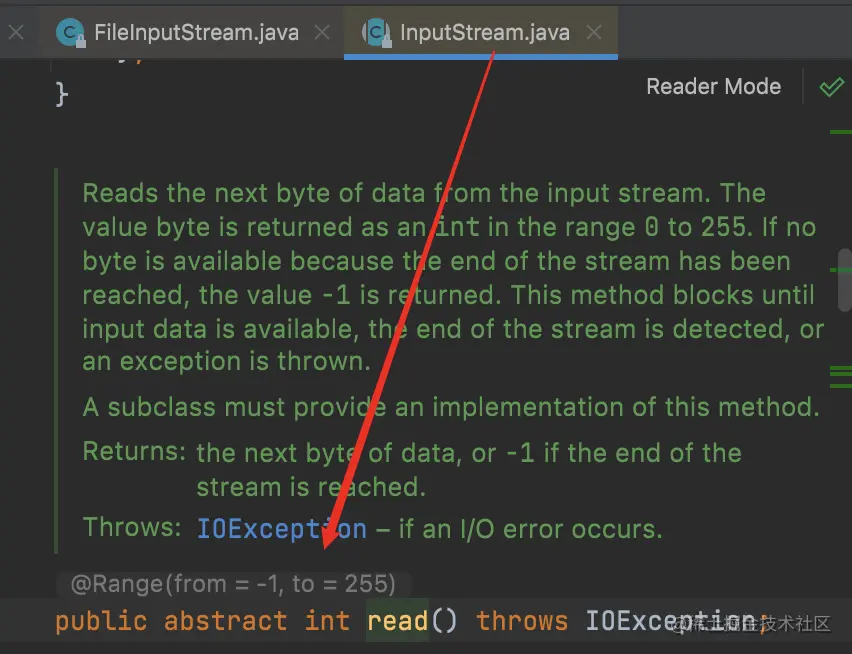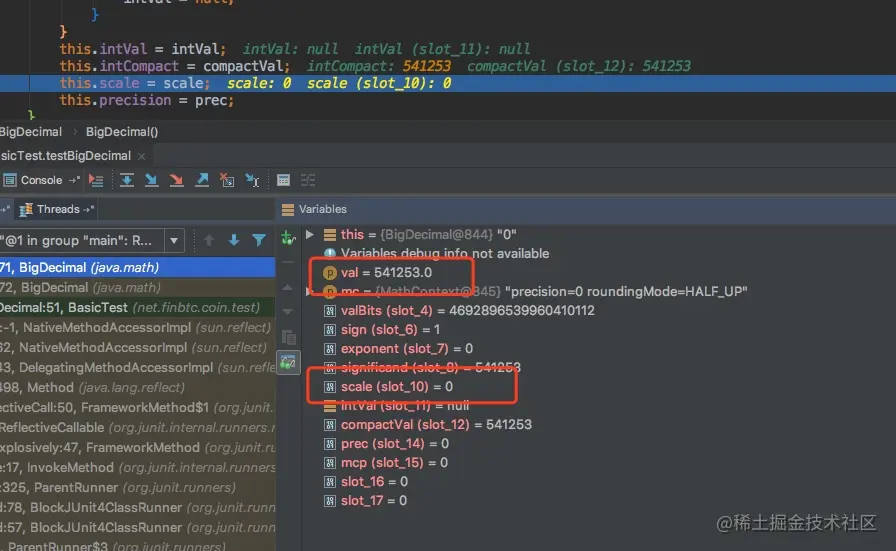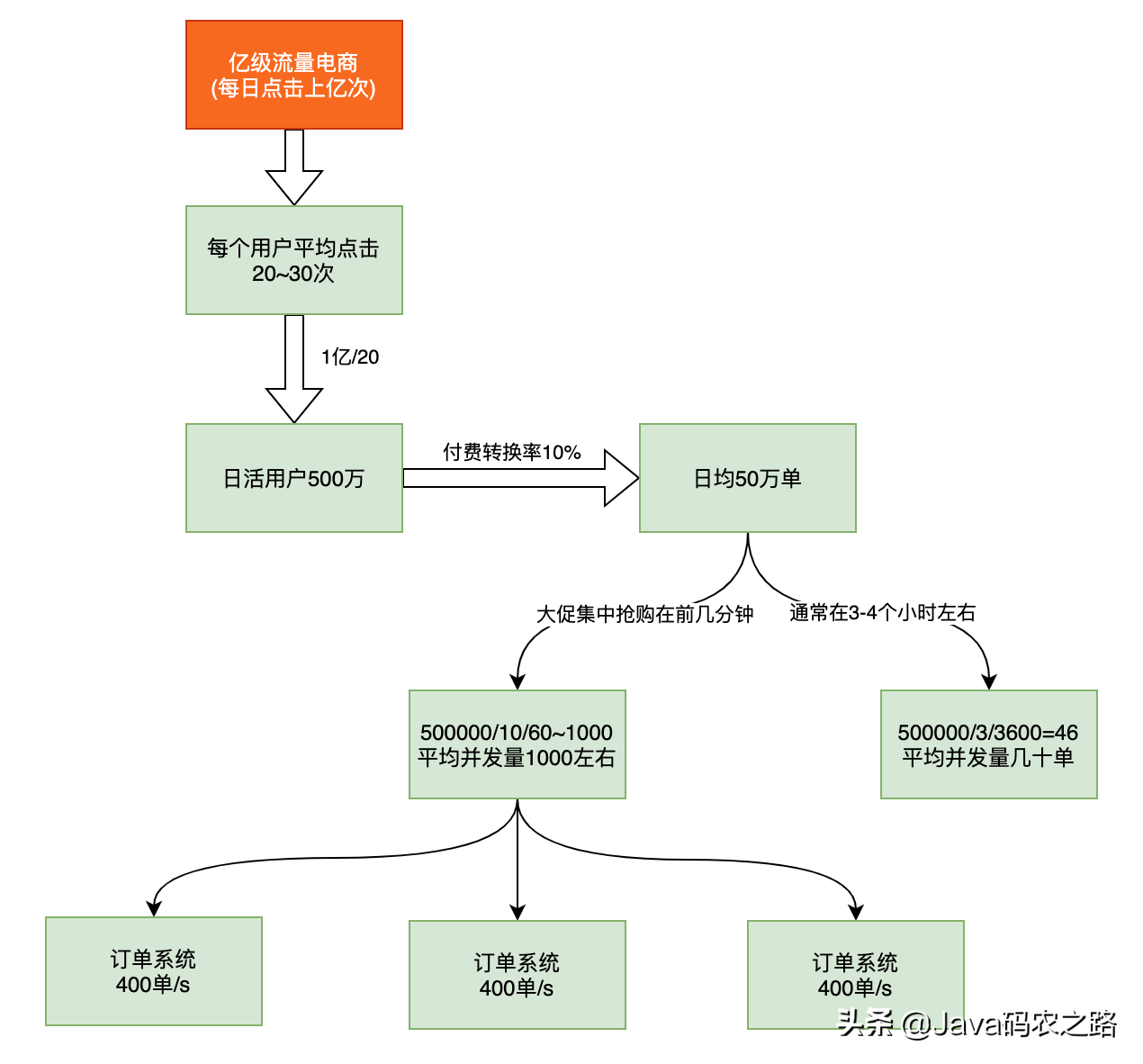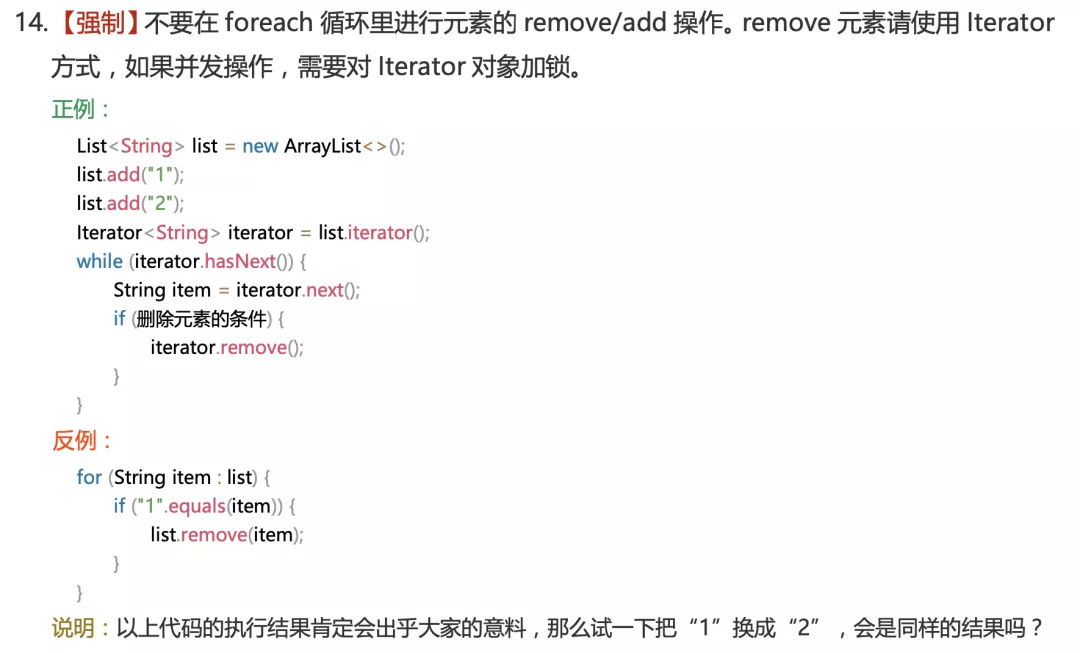关于Java并发工具,90%的程序员需要了解的那些技术栈

JAVA并发工具类主要有CyclicBarrier、CountDownLatch、Semaphore和Exchanger,日常开发中经常使用的是CountDownLatch和Semaphore。下面就简单分析下这几个并发工具类:
CyclicBarrier 内存屏障
CyclicBarrier底层借助于一个count计数器和Lock/Condition实现内存内存屏障功能,在对count--时必须先获取到lock,如果count不为0,则调用condition.wait进行阻塞操作;直到当count为0时,执行barrierCommand(如果配置的话,执行barrierCommand的线程是刚好将count减到0的那个线程),然后调用condition.signalAll唤醒所有等待的线程。
CyclicBarrier可用于多线程同步、多线程计算最后合并计算结果的场景,比如分片计算最后使用CyclicBarrier统计最后的结果等。
CyclicBarrier使用示例如下:
public static void main(String[] args) throws Exception {
CyclicBarrier barrier = new CyclicBarrier(2,
() -> System.out.println(Thread.currentThread().getName() + ": all is ok"));
Runnable task = () -> {
try {
System.out.println(Thread.currentThread().getName() + ": start wait");
barrier.await();
System.out.println(Thread.currentThread().getName() + ": start ok");
} catch (Exception e) {
e.printStackTrace();
}
};
Thread t1 = new Thread(task, "thread1");
Thread t2 = new Thread(task, "thread2");
t2.start();
t1.start();
t1.join();
t2.join();
}
CountDownLatch 计数器
CountDownLatch允许一个或多个线程等待其他线程完成操作。CountDownLatch底层借助于AQS来实现功能,初始化一个CountDownLatch(n)时,相当于创建了一个state为n的AQS,当调用countDown()时会对AQS进行减一操作,如果state为0,则会对阻塞队列中所有线程进行唤醒操作。
CountDownLatch计数器必须大于等于0,等于0的时候调用await方法时不会阻塞当前线程,注意CountDownLatch不可能重新初始化或者修改CountDownLatch对象的内部计数的值。一个线程调用coundDown方法hAppen-before,另一个线程调用await方法。
public static void main(String[] args) throws Exception {
CountDownLatch downLatch = new CountDownLatch(2);
Runnable task = () -> {
try {
System.out.println(Thread.currentThread().getName() + ": start countDown");
downLatch.countDown();
System.out.println(Thread.currentThread().getName() + ": start ok");
} catch (Exception e) {
e.printStackTrace();
}
};
Thread t1 = new Thread(task, "thread1");
Thread t2 = new Thread(task, "thread2");
t1.start();
t2.start();
downLatch.await();
System.out.println("main wait ok");
t1.join();
t2.join();
}
Semaphore信号量
Semaphore用来控制同时访问特定资源的线程数量,它通过协调各个线程,保证合理的使用公共资源。Semaphore可用作流量控制,特别是公共资源有限的应用场景,比如数据库连接。
Semaphore底层也是基于AQS,初始化Semaphore(n)相当于初始化一个state为n的AQS,调用acquire()时会对进行state - 1操作,如果结果大于0则CAS设置state为state-1,相当于获取到了信号量,否则进行阻塞操作(调用tryAcquire则不会阻塞线程)。调用release会对state进行++操作。
public static void main(String[] args) {
Semaphore semaphore = new Semaphore(2);
ExecutorService executor = Executors.newFixedThreadPool(10);
Runnable task = () -> {
try {
System.out.println(Thread.currentThread().getName() + " acquire before");
semaphore.acquire();
System.out.println(Thread.currentThread().getName() + " acquire ok");
semaphore.release();
} catch (InterruptedException e) {
e.printStackTrace();
}
};
executor.execute(task);
executor.execute(task);
executor.execute(task);
executor.execute(task);
}
Exchanger 线程间交换数据
Exchanger是一个用户线程间交换数据的工具类,它提供了一个同步点,在这个同步点上,两个线程可以交换彼此的数据。这两个线程通过exchange方法交换数据,如果第一个线程先执行exchange方法,他会一直等待第二个线程也执行exchange方法,当两个线程都达到同步点时,这两个线程交换数据,将本线程产生的数据传递给对方。
public static void main(String[] args) {
Exchanger<String> exchanger = new Exchanger<>();
Runnable task = () -> {
try {
String result = exchanger.exchange(Thread.currentThread().getName());
System.out.println(Thread.currentThread().getName() + ": " + result);
} catch (InterruptedException e) {
e.printStackTrace();
}
};
ExecutorService executor = Executors.newFixedThreadPool(2);
executor.execute(task);
executor.execute(task);
}
Exchanger实现分析
Exchanger算法的核心是通过一个可交换数据的slot,以及一个可以带有数据item的参与者,slot是Node类型,Node定义如下:
@sun.misc.Contended static final class Node {
int index; // Arena index
int bound; // Last recorded value of Exchanger.bound
int collides; // Number of CAS failures at current bound
int hash; // Pseudo-random for spins
Object item; // This thread's current item
volatile Object match; // Item provided by releasing thread
volatile Thread parked; // Set to this thread when parked, else null
}
static final class Participant extends ThreadLocal<Node> {
public Node initialValue() { return new Node(); }
}
每一个参与者都带有一个Participant,当调用exchange时,如果slot为空,则将自己携带的数据CAS设置到slot上,然后park自己;如果slot不为空,则表示已经有线程在slot里设置了数据,则读取Node.item字段,并将自己携带的数据设置到Node.match字段,然后唤醒之前设置数据的线程(之前阻塞的线程在唤醒后读取Node.match字段返回),然后返回数据即可。
小结
了解了这些Java并发工具类,小伙伴们在日常开发中,都用到哪种或者哪几种呢?
欢迎分享给其他小伙伴进行交流,或者评论区留言一起讨论哈 : )





















